A Comprehensive Look at the Democratic Republic of Congo
Last updated: June 2024
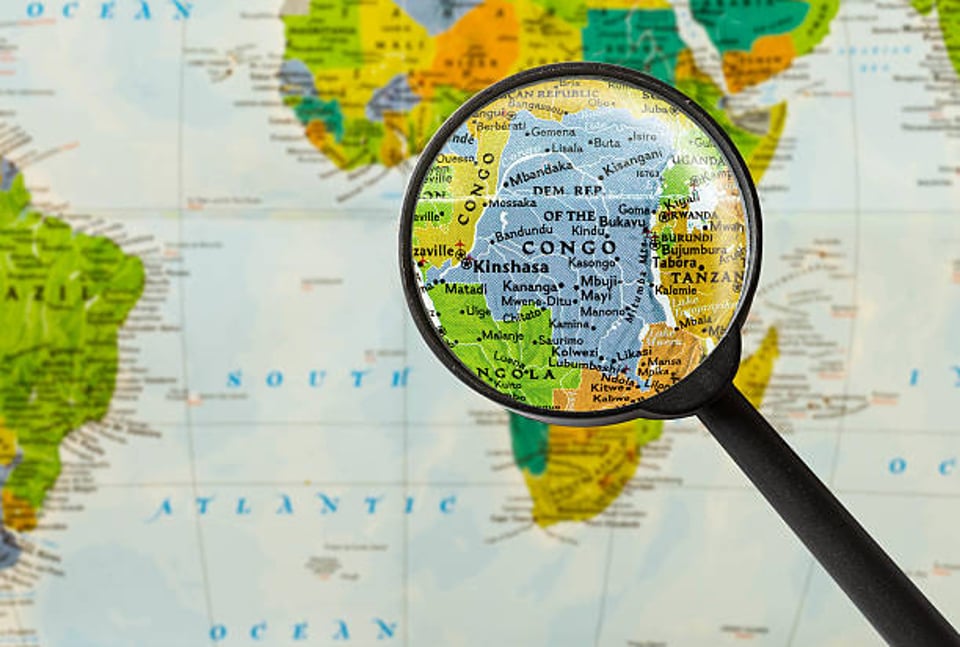
The Democratic Republic of the Congo (DRC), or Congo Kinshasa, is an enormous and thrilling nation in central Africa. With its breathtaking ecosystem of rainforests to deserts, mountains, and so much of the Congo River Basin, it has a rich cultural heritage and history. This guide is going to give a tour of this great country, section by section.
Geography and Climate
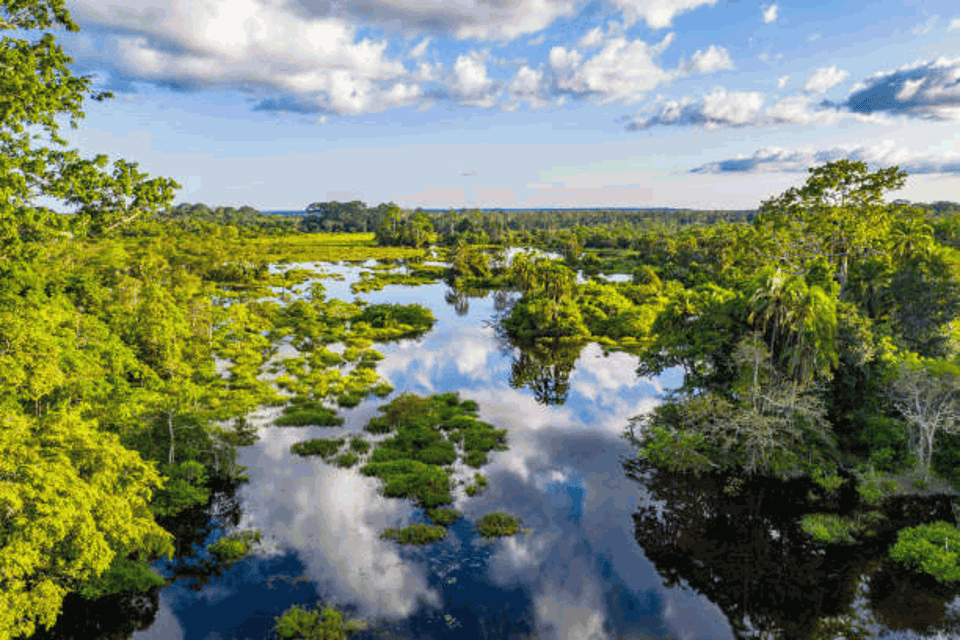
The DRC is the second country by land area in Africa, after Algeria. It sits approximately 2.34m square kilometres. It lies in the Central African region and shares borders with nine countries: Angola to the south, west, and southwest; Burundi to the east and southeast; the Central African Republic to the northwest and north; the Republic of the Congo to the west; Rwanda to the east; South Sudan to the northeast; Tanzania to the east and southeast; Uganda to the east; and Zambia to the south and southwest. The country features a great variety of landscapes: vast rainforests, savannas, and swampy areas—all crossed by the second longest river in Africa, the mighty Congo, being an important waterway for transportation and commerce.
The climate of the DRC is mostly tropical, with a wet and a dry season. The northern part is equatorial, high in humidity, and huge in rainfall all year round. On the other hand, the southern and central regions are in a tropical wet and dry climatic region with more pronounced wet and dry seasons.
History and Culture
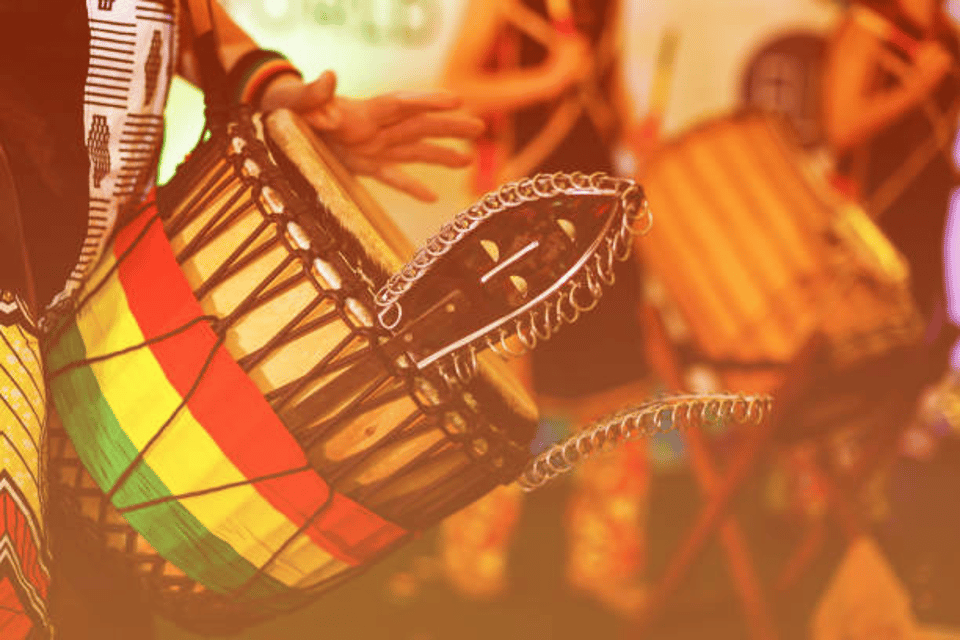
The history of the DRC has been long and complex—from its role in the transatlantic slave trade and European colonization to the post-independence conflicts. These lands were originally inhabited by different ethnic groups but began taking a turn of great change with the coming of European explorers in the 15th century. This land was annexed as the personal property of Belgium's King Leopold II at the end of the 19th century. Serious exploitation and cruelties had happened to the native people then. The territory became known as the Belgian Congo in 1908 and gained independence in 1960.
Culturally, the DRC is very diverse, hosting over 200 ethnic groups with their languages and traditions. Officially, the country speaks French, but Lingala, Swahili, Kikongo, and Tshiluba are other common languages. It's well-known for its lively music scene, especially Soukous, which is dance music blended with Congolese rumba with other styles. The use of sculpture, painting, and traditional crafts forms a substantial part of the arts.
Religion
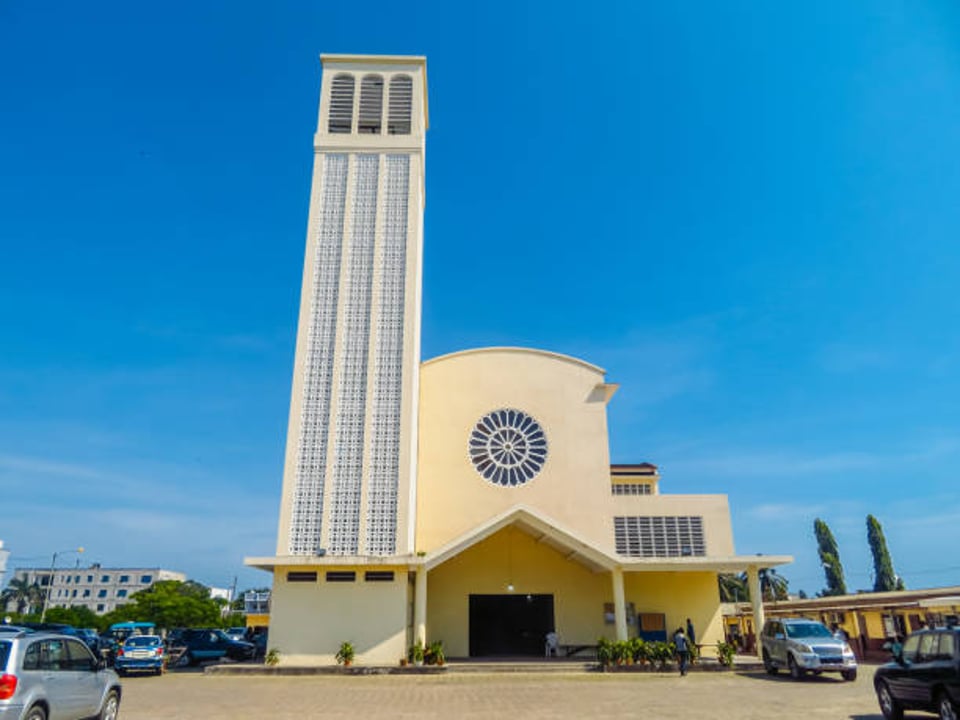
The DRC's constitution ensures freedom of religion by declaring the country secular. That also means that this legal framework rejects religious discrimination and imposition by coercive means. Relevant to FMH, the constitution explicitly prohibits practices such as male and female genital mutilation—customs widespread elsewhere in particular parts of Africa but not commonly practised in the DRC.
Christianity
The Democratic Republic of Congo is largely a Christian nation. The Roman Catholic Church constitutes the most substantial proportion, wherein 52.9 % of all Congolese are Roman Catholics. In fact, the role of the Catholic Church cannot be underestimated in this country; it holds huge responsibility for education, health care, and other social services in the country. The Protestant element is also substantially big in that it constitutes 19.9% of the population. The Awakening Lutheran Church is a key Protestant denomination, cornering 22.3%. Further, around 8.3% of the population subscribed to other Christian denominations, Evangelical, and Pentecostal movements, adding colour to the vibrant tapestry of Christian worship and community activities in the DRC.
Traditional African Religions
Traditional African religions are practised by about 4.7% of the population, principally among Bantu descendants. These belief systems emanate from belief traditions characterised chiefly by animism and ancestor worship. Higher and lower gods, spirits, or places can be venerated in theistic faith systems. The basic and very key features of the traditional practices include that the most important features are animistic, which means attributing spiritual essence to animals, plants, and other beings. Other features include folk medicine, rituals with ancestors and spirits, and generally a strong relationship with tradition and spirituality. This traditional faith system simply underscores the diversified religious landscape of DRC, in which ancient practices rest with modern religious influences.
Islam and Non-religious Populations
The DRC is a minority religion represented by Islam, observed by only about 1.6% of its population. Most of the country's Muslims are Sunnis, and their presence is usually an immigration case from other African countries. Moreover, the DRC holds a significantly higher percentage of non-religious individuals than most African countries. Around 3% are atheist, agnostic, or antitheist, showing a clear visibility in across-the-board belief systems. Another addition to this religious demographic is that about 1.5% of the population did not state their religion. The religious differences among them consequently serve to underline the pluralistic characteristics of the DRC's society in coexistence with various beliefs and worldviews.
Visa Requirements and Travel
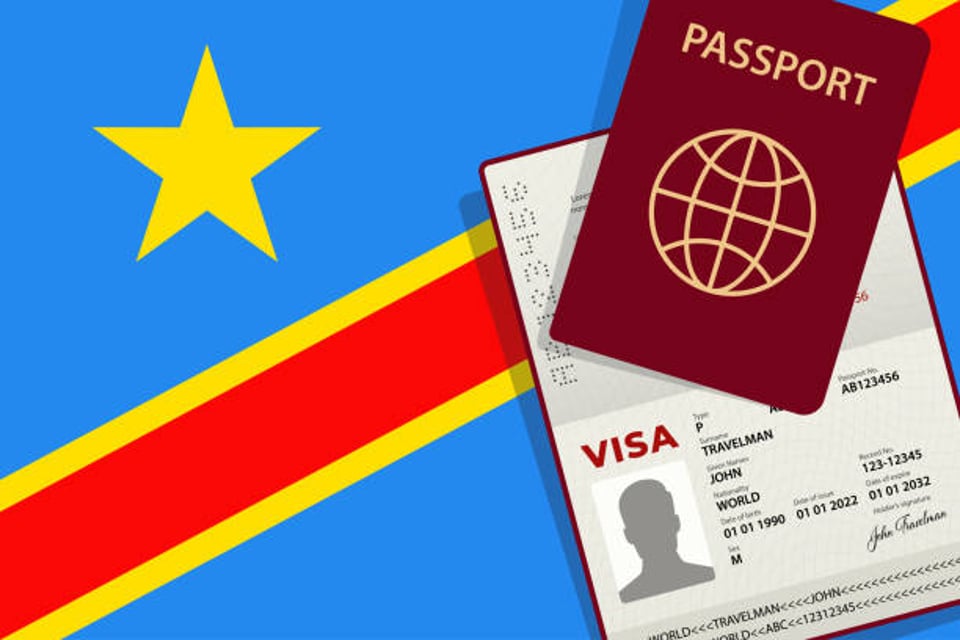
Travel to the DRC requires some amount of planning, most importantly in securing their visas. This essentially would mean most foreign nationals need a visa before entering the DRC. Obviously, among the frequent types of visas issued to tourists are tourist visas, business visas, and transit visas. Each of these categories calls for particular documentation. The health precautions are equally important, where an international yellow fever vaccination certificate is compulsory, and health checks against malaria and similar diseases have preventive measures taken.
In the recent past, DRC has made some effort to facilitate the obtaining of a visa. Currently, they have an e-visa available for specific nationalities. However, the policy changes at times; hence, visitors are required to get the latest information on these requirements from official sources before planning to visit the country.
Airports in the DRC
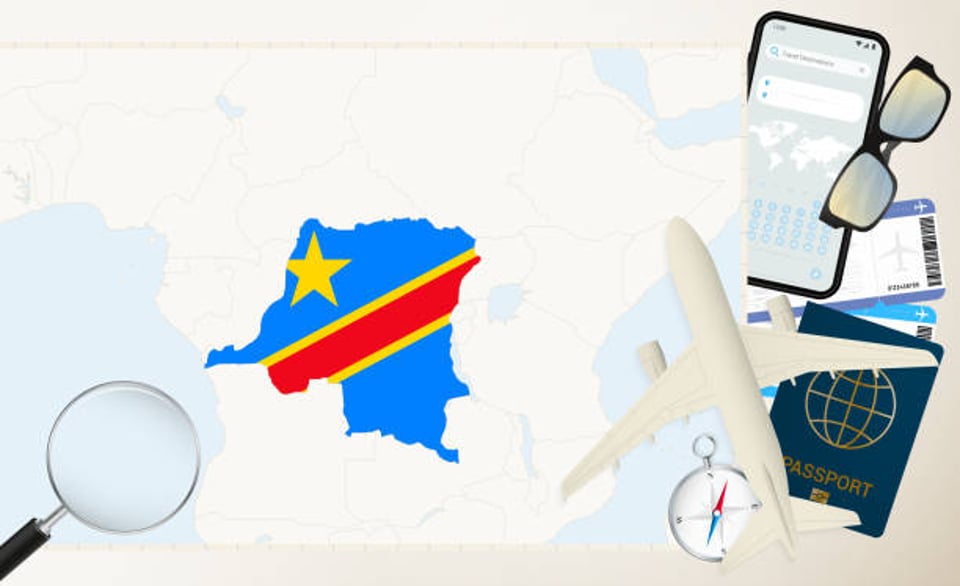
Major airports in DRC include:
N'djili International Airport (FIH)
N'djili International Airport, commonly known as Kinshasa International Airport, is the largest and most congested airport in the Democratic Republic of the Congo. Located in the capital city of Kinshasa, the airport is the primary point of entry for the majority of visitors from other nations and has the capacity to accommodate a great volume of passengers and cargo. This airport offers many facilities, including lounges, restaurants, and duty-free shops, to meet all the needs of a traveller.
Lubumbashi International Airport (FBM)
Situated in the city of Lubumbashi, in the Katanga region of the DRC, Lubumbashi International Airport is the second-largest in the DRC. The airdrome serves as a significant facility within this mining-rich region. This airport connects both domestic and international services to Lubumbashi from other major towns and countries across the world. Passenger services, cargo handling, and a number of commercial amenities are available at the airport to assist travellers and business operations within the area.
Kisangani Bangoka International Airport (FKI)
Kisangani Bangoka International Airport serves this city—Kisangani—and the central DRC's Tshopo province. Such an airport plays a very key role in linking the central and eastern parts of the country to the rest of the DRC and beyond. It offers basic passenger and cargo facilities; hence, it forms a vital link in this region's transport network.
Goma International Airport (GOM)
Goma International Airport is located in the eastern part of the DRC, next to the border with Rwanda. The airdrome forms an important link in civilian and humanitarian flying activities, not to mention the proximity to the conflict zones and the famous Virunga National Park, which attracts tourists. With the limited facilities available, Goma International Airport is still very helpful in regional connectivity and aid delivery.
Ndola Airport (NLA)
Ndola Airport is located on the border with Zambia and serves the provinces of Lualaba and Haut-Lomami. Thereby, this airport supports regional air traffic. Thus, it is of great importance to this mining area providing basic airport facilities for passengers and cargo.
Other notable airports in the Democratic Republic of Congo are Bukavu Kavumu Airport, which serves the city of Bukavu and the province of South Kivu, offering essential domestic links. The travelling facility is provided within the province of Equateur by the Mbandaka Airport with an MDK code. Kananga Airport, KGA, links the central Kasai region to the rest of the country; it not only serves the passengers but also cargo. Air travel is hooked onto an essential link through the Kindu Airport (KND) in Maniema province. In Ituri Province, Bunia Airport (BUX) provides scant but vital domestic flights. These flights are very important for both civilian and humanitarian travel. The Gemena Airport (GMA) in Sud-Ubangi province makes it possible to connect through this isolated region of the DRC. These three airports play a significant role in offering some connection interlink across the expansive and culturally diverse regions of the DRC.
The Democratic Republic of Congo Cities

The Democratic Republic of Congo also has several cities that are very unique in their own ways, giving flavour and character to the country, not forgetting its contribution towards its economy. Among the main towns is Kinshasa, the capital and the largest, being a political, economic, and cultural heart. It is popularly known for its crowded markets and vibrant music. The second-largest city is Lubumbashi, central to its mining industry in copper and cobalt that drives much of the country's economic growth. Other important cities include Mbuji-Mayi, significant in its mining mostly for diamonds, hence an important economic hub in the Kasai-Oriental province. Kisangani, located in the northeastern part of the DRC, is an important centre of transport and trade because of its strategic position along the Congo River.
Except for these major towns, the DRC has many other exciting places that all have their own characteristics. Goma, located near active volcanoes and close to conflict zones, needs careful travel but is highlighted by its proximity to Virunga National Park. Bukavu, on the southern shore of Lake Kivu, stands out for its cultural wealth and natural beauty and functions as the gateway into a variety of visitor attractions, including Kahuzi-Biega National Park. If Bandundu offers a relatively calmer life compared to the hectic big cities, then Matadi, the chief seaport, provides an important outlet for the country's import and export activities. At the very end, Boma has historical value for having been a colonial city, thus contributing to the richness of the urban DRC landscape.
Frequently Asked Questions
What is the capital of the Democratic Republic of the Congo?
The Democratic Republic of Congo (DRC) is the country's capital, which is its biggest city: Kinshasa.
How is the climate in the DRC?
The DRC has a tropical climate, characterised by high humidity and heavy rainfall all year round. The northern region has an equatorial climate, with the southern part having more of a temperate climate characterised by very evident wet and dry seasons.
How is the economy of DRC?
The economy of the DRC relies much on mining; major minerals include copper, cobalt, diamonds, gold, and coltan. There are agriculture, forestry, and provisional service industries contributing to its economy.
What are the major tourist attractions available in the DRC?
Among the major tourist attractions are Virunga National Park, with mountain gorillas and volcanoes; the Congo River; and Garamba National Park. Kinshasa and Lubumbashi offer rich cultural experiences.
What is the currency of the DRC?
The official currency of the DRC is called the Congolese franc, CDF.
Disclaimer: This information is intended for general informational purposes only. While we strive to ensure that the content is accurate and up-to-date as of June 2024, the dynamic nature of political, social, and economic conditions means that changes can occur. We recommend verifying any critical details from multiple sources and consulting official resources or travel advisories for the latest updates and guidance.